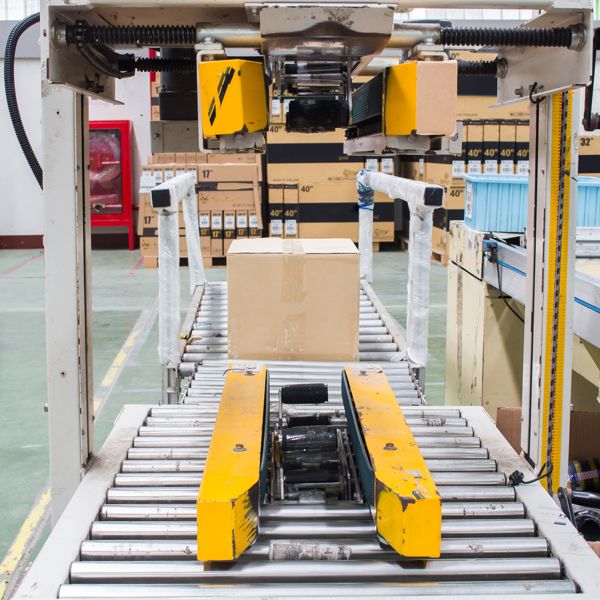Production
Manufacturing Agility: Production
When you think of compliance in the production process, what comes to mind? Likely health and safety, export controls, product safety, and that’s just for starters. The process of managing compliance may seem at odds with running an agile business, but for manufacturers doing it well, compliance offers a competitive advantage.
For instance, with access to a greater source of compliant suppliers, you can offer products that meet service levels more often, such as On-Time, In-Full, whilst complying with quality standards demanded by your customers. But achieving this is becoming harder to do.
The growing complexity of production compliance
As supply chains become more expansive and complex, they become open to a greater array of regulations. Regulations on product disposal and reuse/recycling requirements such as WEE (The Waste Electrical and Electronic Equipment Directive); regulations on Health and Safety such as RIDDOR (Reporting of Injuries, Diseases and Dangerous Occurrences Regulations); regulations that pressure businesses to reduce their environmental footprint, such as Emission Trading Schemes (ETS).
As challenging as this expanding list of regulations is to follow, failing to comply may prove costly. In a recent example, a manufacturer of gas cylinders was ordered to pay out more than £869,000 for safety breaches after a worker was killed by shrapnel ejected from testing equipment.
It also has a real impact on end-users. The BSI (British Standards Institute) can trace 420,000 deaths each year from the 200 diseases spread through consuming contaminated food.
As a manufacturer, you must be able to prove to customers your production processes are entirely compliant. For example, that you are using the right standard of raw materials in production. If not, you run the risk of customers rejecting goods if you fail to comply or are unable to certify the quality of the final product. Once you have lost the business, it is very difficult to win back.
So, how can you work with suppliers to maintain a compliant, yet agile, production process?


Batch tracing from origin to sale
If a customer reports a problem with finished goods, you need to be able to trace items back, all the way to the source. What batch was it? Where did the ingredients or components comes from? This is difficult if quality management systems are separate to your Enterprise Resource Planning (ERP) platform. You may log certification information such as GMP compliance or ISO 9000 accreditation in shared folders, but this will not be connected as part of a Sales Order view.
Platforms such as Microsoft Dynamics 365 make joined up quality management a key component. For example, when raising supplier purchase orders, you will ask the supplier for validations and certifications. When the goods come in you will undertake a quality inspection. If not right, you can reject and send items back. The ERP then stores this information as a single view.
You can now key in a Sales Order and see what components went into production; the associated manufacturing orders, the Bill of Materials (BOM), batches used, the intermediate flow through, the elements that made up the intermediate flow, the raw materials, and the suppliers’ original Purchase Orders. You gain full batch traceability.
Because the information is consolidated and easily retrievable, when you sell the finished goods, you can provide a certificate of analysis generated directly from within the Sales Order. This includes information such as batch number, when the items were produced, quality attributes, intolerances, and more. Being able to do this helps you remain agile whilst following quality management steps
Automate quality management
Manufacturers have little control over when information is asked of them. This makes it important to be able to prove at any time your production quality management process is being followed. This is difficult and time-consuming if quality management sits outside of your ERP.
However, with Microsoft Dynamics 365, supported with the Power Platform, you can capture information and documentation centrally, from any stage of the manufacturing process. It then allows you to share, and even automate, the distribution of information as needed.
You also gain planning tools allowing you to peg POs to SOs. This is beneficial in scenarios where delivery dates need to be changed because of quality issues; information can be quickly cascaded across all SOs affected by the delay.
Pegging within Microsoft Dynamics 365 lets you adjust plans and manage customer expectations. It allows you to be more proactive when it comes to the quality management element of the production process.
Managing production compliance within your supply network takes a collaborative effort, and the more connected it is, the easier it is and the more agile you become.






